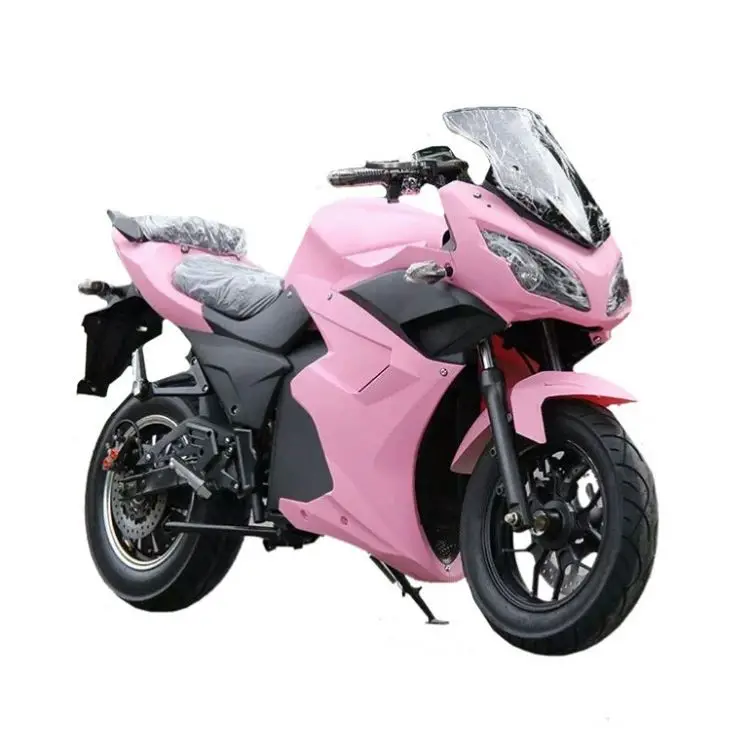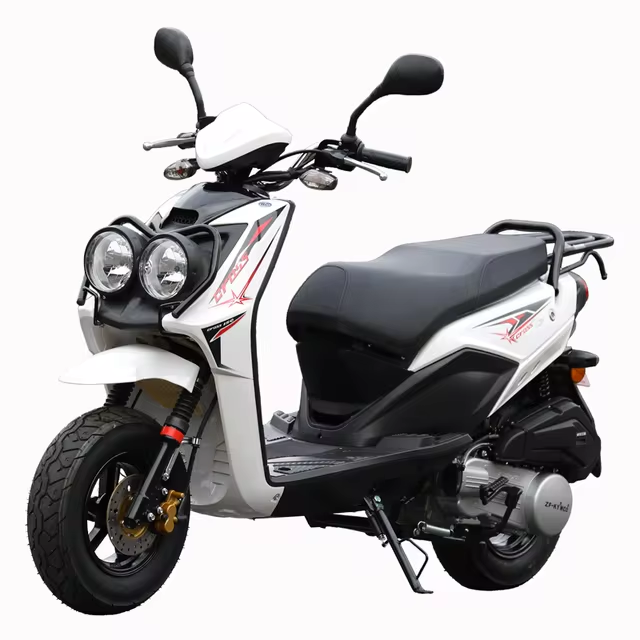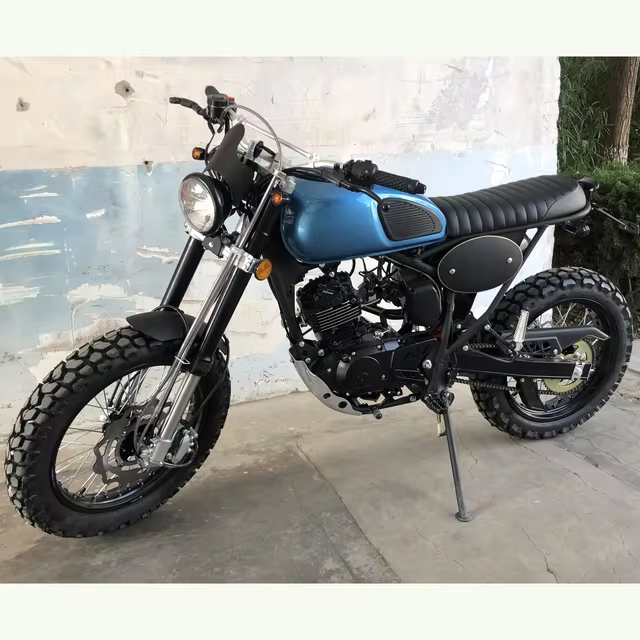Understanding California’s Age Requirements for Motorcycle Licensing
Motorcycle enthusiasts in California must understand age-specific rules before riding. The state sets clear age limits for licensing to ensure safety for all.

Minimum Age for Motorcycle Permit and License
To ride a motorcycle in California, the journey begins early. You can apply for a learner’s permit at age 15-1/2. But, you must be at least 16 to obtain a motorcycle license. These age requirements balance the thrill of riding with responsible learning.
Additional Requirements for Applicants Under 21
Young riders face extra steps. Those under 21 must prove they have completed a motorcycle safety course. This course teaches vital skills for staying safe on the road. It’s a state rule aimed at reducing accidents among new riders. Additionally, the state requires these applicants to hold their permits for six months. This provides ample practice time before the final license test. For those without a standard driver’s license, presenting your social security details, date of birth, and a document proving legal presence is needed when applying for a motorcycle permit.
Types of Motorcycle Licenses in California
In California, there are two main types of motorcycle licenses: Class M1 and Class M2. Each license caters to different types of two-wheeled vehicles, so it is crucial for riders to understand which license they require. Let’s explore the differences between the two.
Class M1 Motorcycle License
The Class M1 motorcycle license allows riders to operate any two-wheeled motorcycle, motor-driven cycle, or motorized scooter on public roads. It is the license choice for individuals aiming to ride a full-size motorcycle. To obtain an M1 license, applicants must pass both a written test and a skills test. Safety courses are highly recommended, and in some cases, completion of a course can waive the skills test.
Class M2 Moped and Motorized Bicycle License
For those who prefer smaller, lower-powered vehicles, the Class M2 license is the perfect fit. It grants permission to ride a motorized bicycle, moped, or any bicycle with an attached motor. Though less powerful, these vehicles still require understanding and adherence to traffic laws. The application process for an M2 license mirrors that of the M1, but with a focus on the specific vehicle types allowed.
Steps to Getting a Motorcycle License in California
Preparing for the Motorcycle Permit Test
Embarking on the journey to get a motorcycle license in California starts with preparing for the permit test. Applicants must study the California Motorcycle Handbook thoroughly. It’s vital to familiarize oneself with the state’s traffic laws and motorcycle safety rules. Taking online practice tests can be very beneficial. These tests replicate the types of questions found on the actual exam and help to pinpoint areas needing more study.
Practice is key. Aim for a solid understanding of the road rules and motorcycle operations. At least 20 out of 25 questions must be answered correctly to pass. So, preparation must be diligent. Remember, if under 21, you need proof of a completed motorcycle safety course too.
Scheduling the DMV Appointment
Once ready for the test, schedule an appointment with the California Department of Motor Vehicles (DMV). Don’t wait; slots fill up fast. Ensure all required documents are in order, including identification and, if under 21, proof of completed motorcycle safety course.
What to Expect at the DMV
The DMV visit involves several steps. Arrive with your documents ready. First, there will be a vision test and thumbprint. Next, is a written knowledge test covering laws and safety. A fee is also expected. If successful, a permit granting you practice privileges is issued, though with restrictions. Use this period to hone skills in preparation for the driving test. Be confident, organized, and ready to demonstrate your understanding of riding safely in California.
 Motorcycle Permit Restrictions
Motorcycle Permit Restrictions
Obtaining a motorcycle learner’s permit in California comes with certain limitations. These restrictions are designed to ensure the safety of novice riders as they gain real-world experience before obtaining a full motorcycle license.
Rules for Motorcycle Learner’s Permit Holders
Holders of a motorcycle learner’s permit in California must adhere to a set of rules:
- No riding after dark: permit holders are prohibited from riding their motorcycles at night.
- No freeway riding: learners must avoid freeways and other high-speed roadways.
- No passengers: riding with passengers is not allowed for those with a learner’s permit.
- Required safety gear: helmets and other protective gear must be worn at all times.
These rules are in place to help new riders develop their skills safely and gradually.
Transitioning from a Learner’s Permit to Motorcycle License
Transitioning to a full motorcycle license requires patience and preparation. After holding the learner’s permit for the mandatory period, applicants can take the next step:
- Complete the required time: permit holders under 21 must hold their learner’s permit for six months.
- Schedule the skills test: once ready, schedule a motorcycle driving test with the DMV.
- Pass the driving test: demonstrate your ability to safely operate a motorcycle according to California laws.
Successfully completing the skills test will result in earning a full motorcycle license, granting the freedom to ride without the learner’s permit restrictions.
The Motorcycle Permit Test
Getting your motorcycle permit is the critical first step in legally riding on California roads. The permit test ensures you know the rules and can ride safely.
Study Tips for the Written Motorcycle Test
To pass the written motorcycle test, here are some simple tips:
- Study the California Motorcycle Handbook closely.
- Use online practice tests to prepare.
- Learn all road signs and signals.
- Review motorcycle safety guidelines.
- Repeat practice tests until you score consistently high.
With the right preparation, you can feel confident on test day. Aim to fully understand all the material, so you can pass the test with ease.
Re-Taking the Permit Test
If you don’t pass the permit test the first time, don’t worry.
- Wait for seven days before you can try again.
- Use the time to study more and address weak points.
- Remember, you have three chances within 12 months.
Keep practicing and studying, and you will improve your chances of passing on your next attempt.
Applying for a Motorcycle License Endorsement
Once you’ve mastered the permit test and feel ready to ride, you’ll need to upgrade your permit to a full motorcycle license endorsement. In California, a motorcycle endorsement is an addition to your existing driver’s license, showing that you are qualified to operate a motorcycle on public roads.
Documentation Needed
To apply for your motorcycle license endorsement, you must provide several key documents. Gather these items before your DMV appointment:
- A valid California driver’s license, if you have one.
- Proof of identity, which could include your birth certificate or passport.
- Evidence that you’ve passed the motorcycle permit test, such as your learner’s permit.
- Documentation from successful completion of a California Motorcycle Safety Program, if you’re under 21.
- If required, a parental signature on your license application form, known as form DL 44.
- Payment for the endorsement fee, which varies based on your situation.
Remember, if you are applying without a current driver’s license, additional identification will be needed. Make sure to check the most recent requirements with the DMV.
Preparing for the Motorcycle Driving Test
Next, you will need to prove your riding skills through a driving test. Get ready for this challenge by:
- Practicing on a range of roads and traffic conditions.
- Reinforcing your knowledge of road signs and motorcycle laws.
- Perfecting maneuvers such as turning, stopping, and accelerating smoothly.
Komewear a helmet and appropriate safety gear during your practice sessions. They are required on the day of your test, and it’s smart to get used to them early on. Call the DMV to schedule your driving test, ideally when you feel fully confident in your riding abilities.
By following these steps and knowing what to expect, you’re on your way to enjoying the open roads with your official California motorcycle license endorsement.
 Safety and Legal Considerations
Safety and Legal Considerations
Riding a motorcycle in California is not only about the love for the road but also about safety and legalities. Ensuring that every rider has a valid motorcycle license is key to reducing accidents. This process filters out unprepared riders, promoting road safety for everyone.
The Importance of the Motorcycle License Process
The license process is crucial. It confirms that riders know the laws and can handle a motorcycle safely. This step protects motorcyclists and other road users. Integral to this is the Motorcycle Permit Test. It screens the riders’ knowledge before they can hit the road. The test is thorough – a necessity to gauge a rider’s understanding of the rules.
Motorcycle License vs. Moped License
It’s easy to confuse motorcycle and moped licenses due to their similarities. A motorcycle license lets you ride a powerful machine, suitable for different terrains and highways. It asks for more from riders, in terms of skills and responsibility. On the other hand, a moped license is for less powerful bikes. These are often simpler to handle and suited to slower speeds. Riders must understand what each license allows and stay within those boundaries for everyone’s safety.
